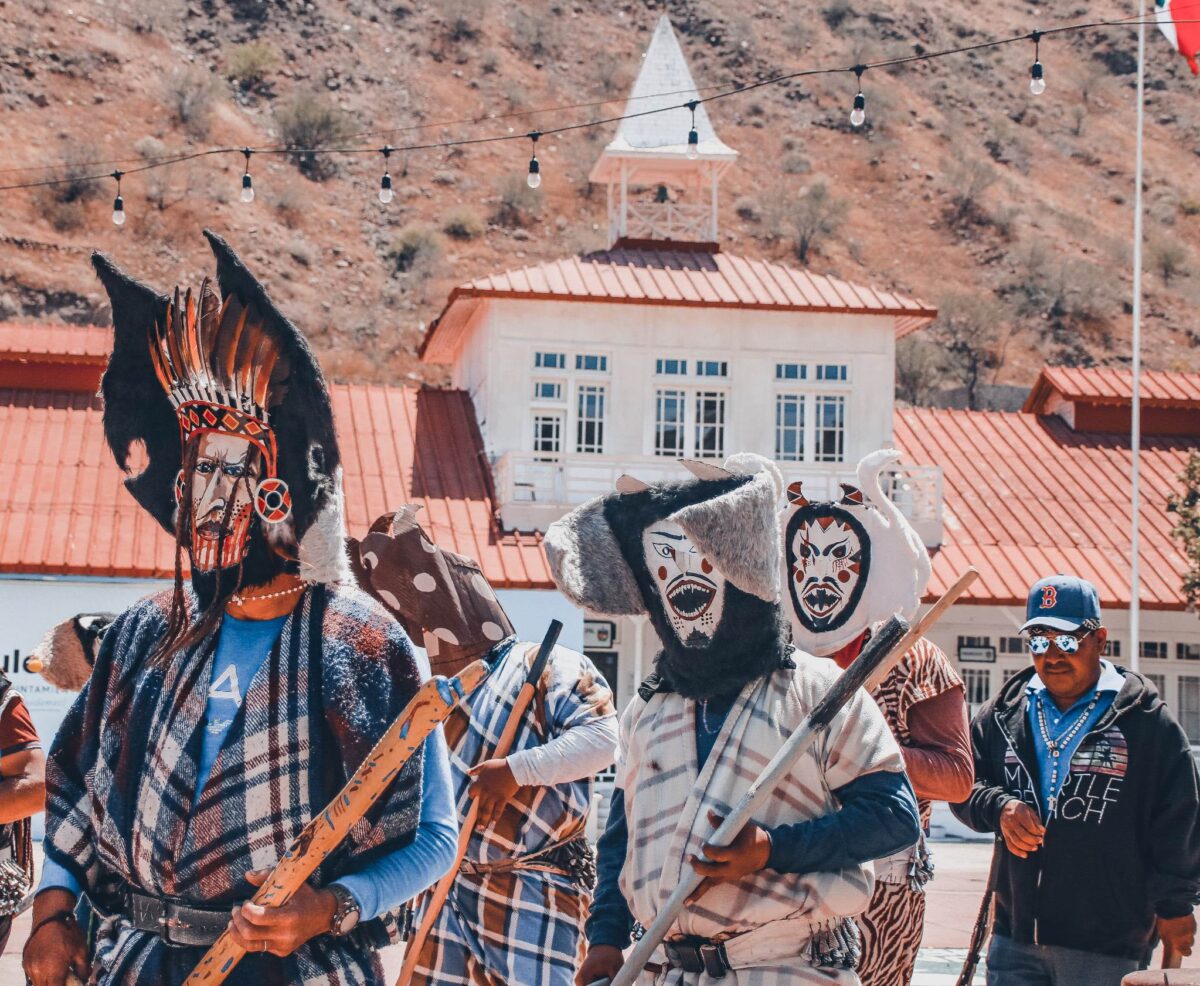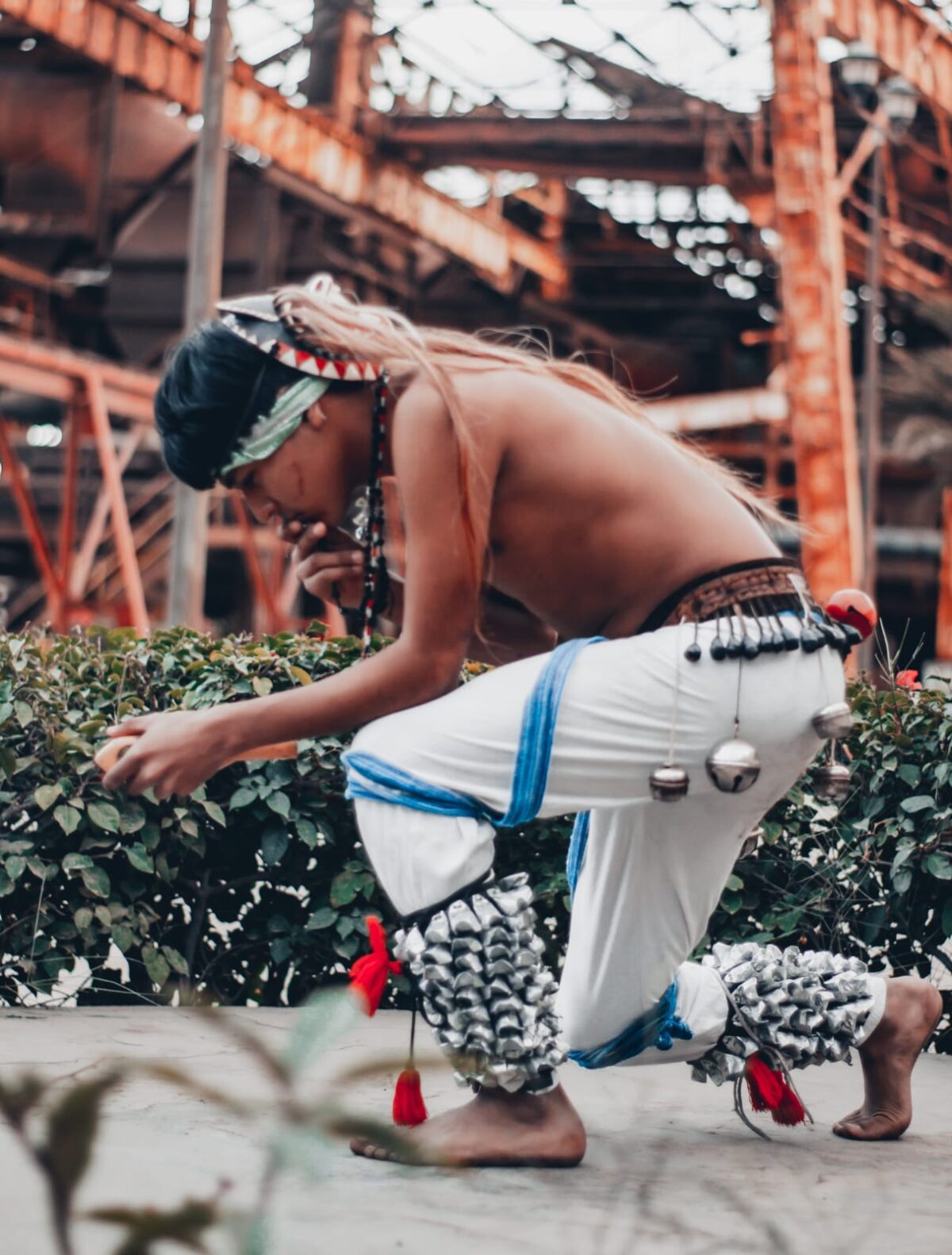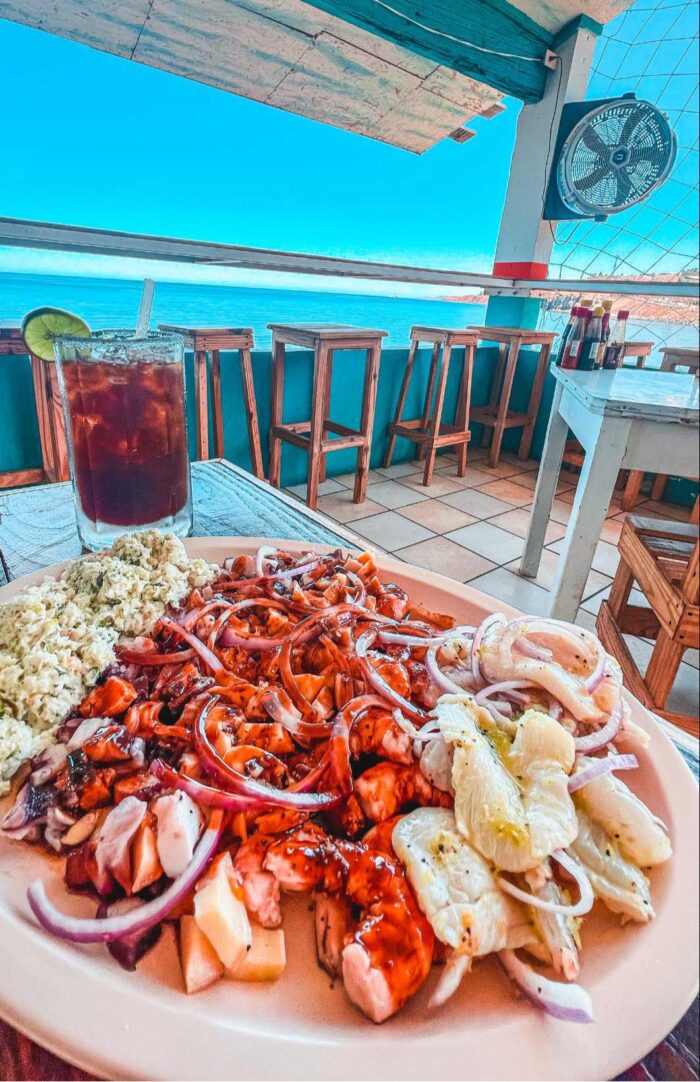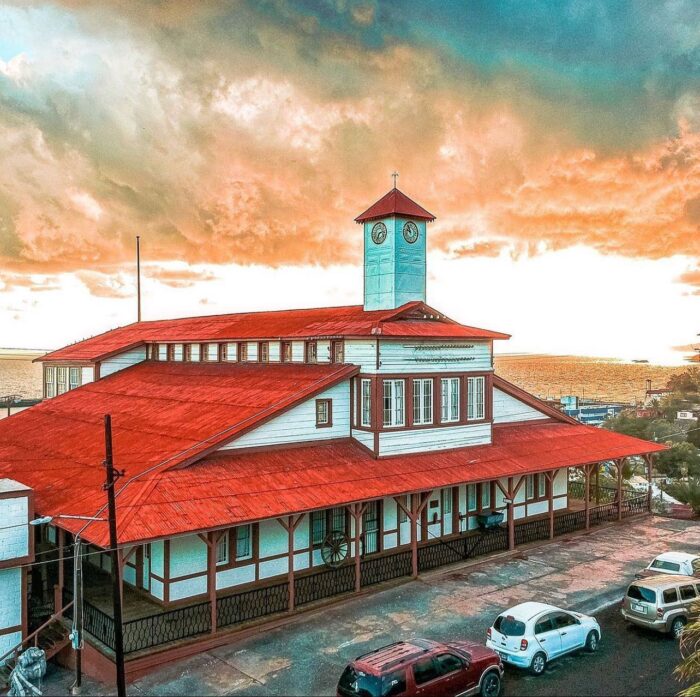
Easter Week in Santa Rosalía, the Fervor of a Hundred-Year-Old People

Continua en la historia
 Desliza a la izquierda para continuar
Desliza a la izquierda para continuar


The fact that the city’s Yoreme-Yaqui community organizes the annual Easter Week celebration might seem paradoxical, but recalling the conversion process carried out at the Jesuit missions between the 17th and 19th centuries among the region’s indigenous groups puts it into perspective.
This is the story of a unique tradition in Mexico.



There is no denying that the Holy Week celebrations in Santa Rosalía are such an exceptional representation of the passion of Christ that they attract visitors from the world over.
 Plus, they have made a major contribution to defining the identity, not just of the Cachanías (name given to Santa Rosalía locals) but of Southern Baja Californians in general. The fact that ever since 2009 the festivity is considered Intangible Cultural Heritage of the state is proof positive.
Plus, they have made a major contribution to defining the identity, not just of the Cachanías (name given to Santa Rosalía locals) but of Southern Baja Californians in general. The fact that ever since 2009 the festivity is considered Intangible Cultural Heritage of the state is proof positive.
Let us explain what makes it so special.


According to history, it all began when the Jesuits arrived in the Mexican northwest, especially the state of Sonora, where from 1605 to 1614, they set up missions among the indigenous Yaqui and Yoreme communities, to convert the people to Catholicism.
 However, to accomplish the task, the priests had to accept some fusion of Christian elements with rituals from the native groups, a process known as religious syncretism.
However, to accomplish the task, the priests had to accept some fusion of Christian elements with rituals from the native groups, a process known as religious syncretism.

Nearly two centuries later, when El Boleo Company set up shop in Santa Rosalía, it had to hire additional personnel to satisfy its copper mining demands. So word spread to the other side of the Gulf of California, among the Yaqui and Yoreme in Sonora.

When they showed up to work in the mine, these communities had only one condition: that their traditions be respected. It is pertinent to point out here that the word yoreme means “the people that respects tradition.”

Once that was agreed upon, they settled in the Providencia mining camp and ever since 1890, have celebrated their Easter Week traditions for 133 years, without interruption, honoring the meaning of their name.

 Let the Celebration Begin!
Let the Celebration Begin!
In Santa Rosalía, the Holy Week celebration begins on Palm Sunday, with the march of the Pharisees. These characters make their way through the city streets, divided into two groups, each one headed by a “devil” and also accompanied by traditional matachín, venado (deer) and pascola dancers.



Dressed in ancient outfits and wearing fearsome masks representing evil, the Pharisees are considered the face of the festivity. Hence, like Judas Iscariot, they expect to be given coins as they parade through the streets.
 Those who take part as Pharisees do so to fulfill a promise of repentance or gratitude and must make their own mask and costume.
Those who take part as Pharisees do so to fulfill a promise of repentance or gratitude and must make their own mask and costume.


 Five Days of Festivities
Five Days of Festivities
The celebration continues on Spy Wednesday, with an enactment of the capture of Jesus Christ in the ramada, a sacred site for the Yaqui-Yoreme community.
 Next, the Pharisees flood the city streets once again on Maundy Thursday, in processions of the devout guided by prayer leaders.
Next, the Pharisees flood the city streets once again on Maundy Thursday, in processions of the devout guided by prayer leaders.

 Then, Good Friday commemorates the Crucifixion, and in the afternoon, the Pharisees remove their masks and kneel, asking Christ’s forgiveness for having offended him.
Then, Good Friday commemorates the Crucifixion, and in the afternoon, the Pharisees remove their masks and kneel, asking Christ’s forgiveness for having offended him.



On Holy Saturday, the Pharisees meet again in the ramada and burn their masks. Also, that night traditional venado, pascola and matachín dances are performed to celebrate the rebirth of Jesus.
Finally, on Easter Sunday, everyone walks with the Holy Christ to the Santa Bárbara Church, where celebrations end with a mass inside the church.
 Be sure and make your next visit to Santa Rosalía during the traditional Easter Week festivities. It will be an experience like none other!
Be sure and make your next visit to Santa Rosalía during the traditional Easter Week festivities. It will be an experience like none other!









